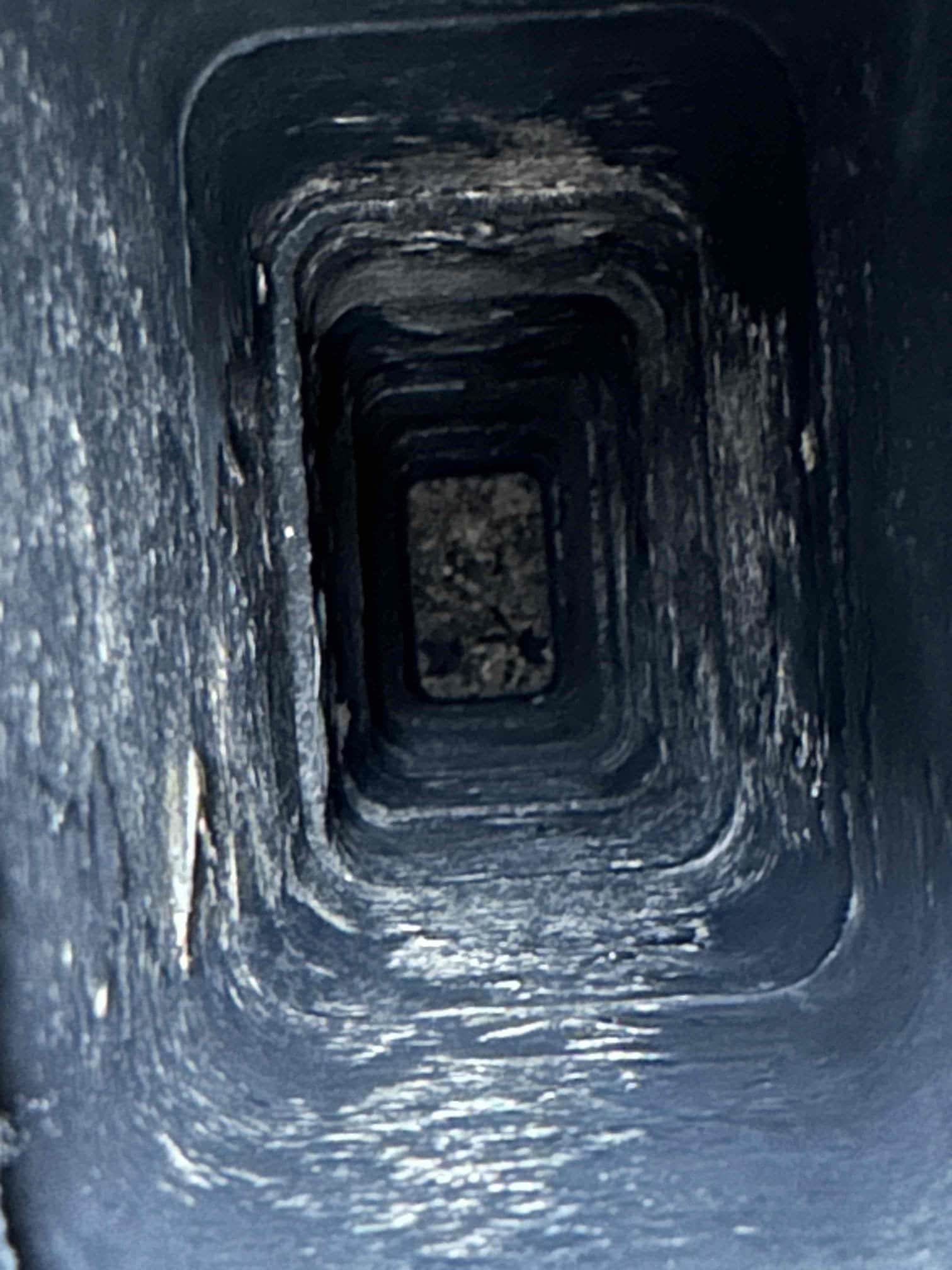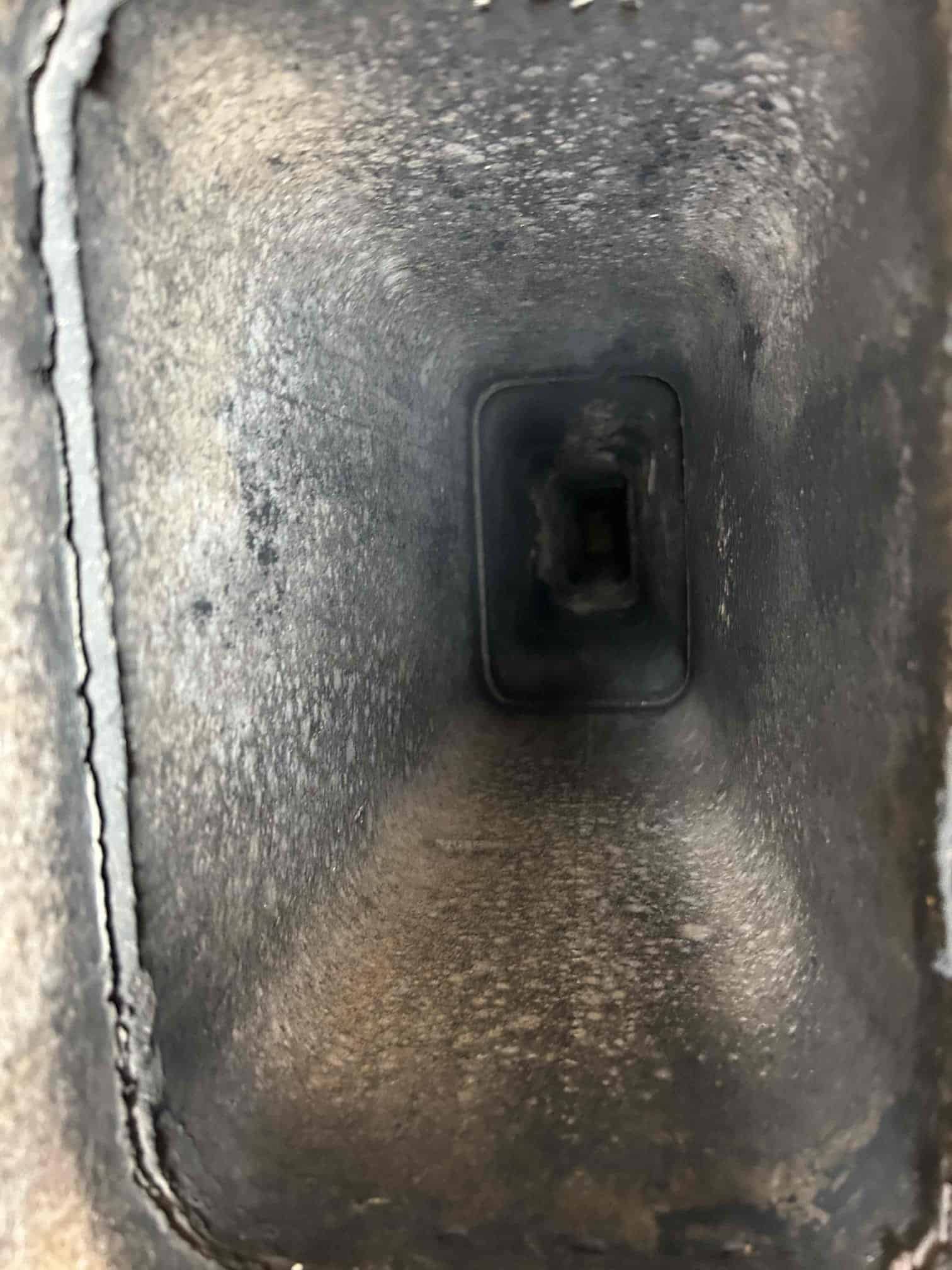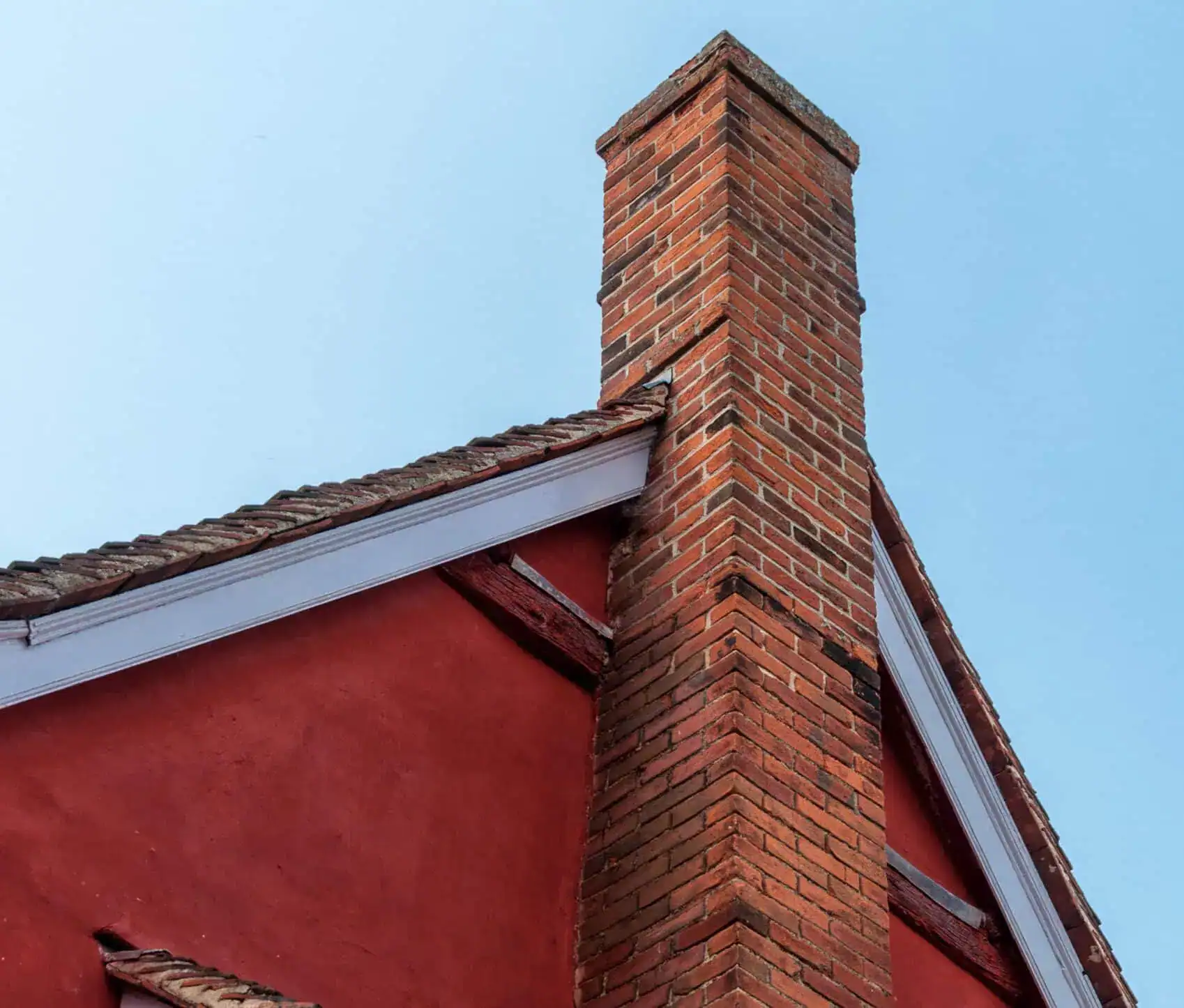
Summary:
The National Fire Protection Association recommends annual chimney inspections, but your stainless steel liner needs attention beyond that basic schedule. You should visually check your liner’s condition every time you use your fireplace, and schedule professional inspections based on usage patterns.
Heavy users—those burning fires more than three times per week during heating season—need professional inspection twice yearly. Moderate users can stick with annual professional inspections, typically scheduled in late spring or early summer when repairs can be completed before heating season begins.

You don’t need special tools to spot early warning signs of liner problems. Start by examining the visible portions of your stainless steel liner from inside your fireplace, using a flashlight to check the smoke chamber area above the damper.
Look for any white staining, rust spots, or corrosion on the liner surface. These indicate moisture intrusion that can accelerate deterioration. Check for gaps or separations where the liner connects to other components. Any visible damage warrants immediate professional attention.
Pay attention to how your fireplace performs. Poor draft, smoke entering your room, or unusual odors during operation often signal liner problems that aren’t immediately visible. Your nose and eyes are excellent early warning systems.
Don’t ignore exterior signs either. Water stains around your fireplace, dampness in adjacent walls, or a strong smoky smell in your home between fires can indicate liner damage allowing gases to escape where they shouldn’t.
Professional video inspections reveal internal damage invisible during visual checks. Schedule these when you notice performance changes or every few years as preventive maintenance, especially if your liner is approaching the 10-year mark.
Rhode Island’s coastal climate and freeze-thaw cycles create unique challenges for chimney liners. Salt air accelerates corrosion, while temperature swings cause expansion and contraction that can loosen connections over time.
Winter moisture infiltration poses the biggest threat to your liner system. When water enters small cracks and freezes, it expands and creates larger openings. This cycle repeats dozens of times each winter, gradually compromising your liner’s integrity from the outside in.
Spring inspections are crucial in Rhode Island because winter damage becomes apparent as systems warm up and dry out. Schedule your annual professional inspection in April or May, giving you time to complete any needed repairs before next heating season.
Consider the impact of coastal storms on your chimney system. High winds can damage caps and crowns that protect your liner from direct water entry. After significant weather events, perform a visual inspection even if your annual service isn’t due yet.
The humidity common in Rhode Island summers can also affect liner performance. Moisture trapped in your chimney system during off-season months can promote corrosion. Ensure proper ventilation and consider having your damper checked to prevent moisture buildup during summer months.
Want live answers?
Connect with a Certified Chimney Inspections expert for fast, friendly support.
Your cleaning schedule directly impacts your stainless steel liner’s lifespan. The Chimney Safety Institute of America recommends cleaning when creosote buildup reaches 1/8 inch thickness, but don’t wait for that measurement to guide your schedule.
Most Rhode Island homeowners need annual cleaning, but usage patterns matter more than calendar dates. If you burn primarily seasoned hardwood and use your fireplace occasionally, annual cleaning suffices. Frequent users or those burning softer woods need cleaning every six to eight months.

Stainless steel liners require different cleaning techniques than traditional masonry chimneys. The smooth surface resists creosote buildup better than clay tiles, but proper brushing technique prevents scratching that can create rough surfaces where deposits accumulate.
Professional cleaning ensures your liner receives appropriate treatment. Certified technicians use brushes specifically designed for stainless steel surfaces and know how to clean without damaging the liner material. They also inspect connections, seals, and insulation during the cleaning process.
DIY cleaning is possible for experienced homeowners with proper equipment, but consider the risks. Working on your roof carries obvious dangers, and improper technique can damage your liner or miss critical safety issues. Most importantly, professional cleaning includes inspection services that identify problems before they become emergencies.
If you choose professional service, schedule during off-season months when companies aren’t overwhelmed with emergency calls. Spring and summer appointments often cost less and allow time for any repairs discovered during cleaning.
The investment in professional cleaning pays for itself through extended liner life and early problem detection. A $200 annual cleaning prevents the $2,000+ replacement costs that result from neglected maintenance.
Certain symptoms indicate your stainless steel liner needs immediate professional evaluation, regardless of your normal maintenance schedule. Don’t ignore these warning signs, even if your last cleaning was recent.
White staining (efflorescence) around your fireplace or on exterior masonry indicates water infiltration that can damage your liner system. This moisture carries acidic compounds that accelerate corrosion, particularly at connection points where different metals meet.
Performance changes demand immediate attention. If your fireplace suddenly produces more smoke, creates downdrafts, or doesn’t draw properly, your liner may have developed gaps or blockages. These issues can allow dangerous gases to enter your home instead of venting safely outside.
Rust or corrosion visible on any part of your stainless steel liner system signals moisture problems that will worsen rapidly without intervention. Even small rust spots can expand quickly in Rhode Island’s humid climate, compromising your liner’s structural integrity.
Strange odors between fires often indicate liner damage allowing gases to escape into your home. This is particularly dangerous because carbon monoxide is odorless, but other combustion gases can signal its presence. Never ignore unusual smells from your fireplace area.
Any visible damage to your liner—dents, gaps, loose connections, or separated joints—requires immediate professional assessment. These problems rarely improve on their own and typically worsen rapidly once they begin.
Your stainless steel chimney liner represents a significant investment in your home’s safety and efficiency. With proper maintenance, you can expect 15-20 years of reliable service, but neglect can shorten that lifespan dramatically while creating dangerous conditions.
The key is consistency rather than perfection. Regular visual inspections, annual professional service, and prompt attention to problems prevent small issues from becoming major expenses. Remember that liner replacement costs far more than maintenance, and the safety risks of a compromised system aren’t worth the gamble.
When you need professional chimney liner services in Rhode Island, we at Certified Chimney Inspections bring over two decades of experience to every job. Our CSI-certified technicians understand how Rhode Island’s climate affects chimney systems and provide the expertise your home deserves.